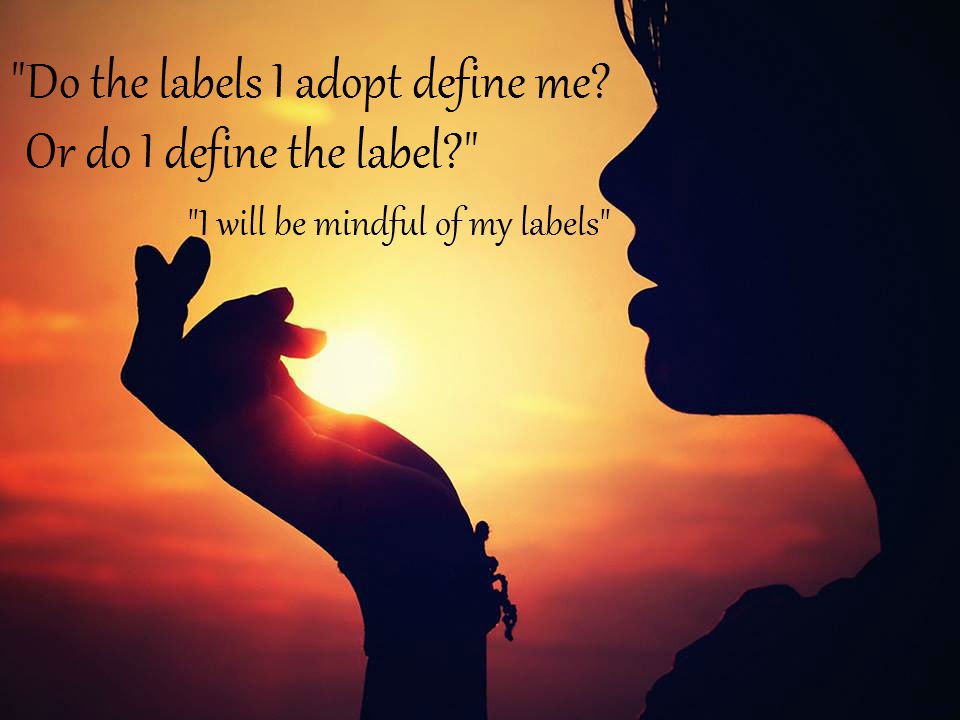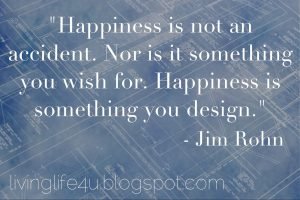7. Ego and Labels

Ego works in a similar way with our memories of interaction as Internet search engines do with tags – web pages are tagged with a group of labels that make it easier to seek out common information based on looking up those labels.
The major difference is that ego labels us through an automatic subconscious process that we are not aware of. This means that we can be caught out by the response suggestions ego presents to us because it sees the situation from a perspective of the labels it decides to apply to that specific situation.
For example, a person driving a car is accessing a major label category of “self” and a subcategory of “driving” as well as others, and this means that ego will find it quicker and easier to access and suggest thought/action responses that are under that category than it would for responses suitable to categories it does not consider to apply to the current situation.
This is part of the reason why we sometimes find it more difficult to remember things in some situations than we do in others. But it does also mean that we are able to move through life wearing “masks” that are suitable for any given situation, so it is a useful aspect of the way ego works.
However, from the perspective of a mindful person who is trying to establish a consistent and positive concept of self within ego it does present problems, since you are not aware of the labels that ego is applying at any given moment and the transition from one label to another is usually imperceptible.
This is the reason why it can take quite some time to fully train the ego; in order to address the thought responses triggered by the label, you need to put yourself into that situation and it will take time to experience all of the likely label configurations that life will present to you.
If you think about the various labels that can be applied to self at any given moment then you begin to appreciate the size of the problem. Numerous labels can apply as we transition from being at home, alone, with others, driving, being at work, happy, interested, visiting other locations, etc. At any given time, a large number of labels constitute the available set of ego response suggestions and I like to name the totality of this as the “mask” that we wear in order to deal with the situation.
There are also two types of masks. There is the situation where we find ourselves wearing a new mask, for example in the first weeks of starting a new job, and there are also the established masks; where we have been in the job for a long time for example.
Having a new mask is a dangerous time from the perspective of a mindful person because it means the ego may well find options that have never been worked on from a mindful perspective and the individual may find himself behaving in ways that he had not planned and are not conducive to his sense of self. Having behaved in such a way, it is vitally important that you do not fall into the trap of grasping for justification for those actions and instead undergo a thorough self-examination.
Much of this can be avoided by internal role-play, where potential situations are imagined and the suitable response determined. In this way we can pre-program our ego with other response options rather than simply having to rely on what has been observed of others.
It also helps to adopt a humble point of view; knowing that we are not perfect and that such experiences are there to help us in our path towards the desired perfection.
When we find ourselves wearing a long established mask there can also be issues that come down to two distinct areas. The first is that long established masks tend to limit the range of expression that the individual can have; once you have mindfully established your boundaries for expression within a particular situational role it is important that you challenge these regularly and discard old responses that no longer suit you.
The second issue caused by wearing an established mask is similar to the first one in the sense that we have created established models of interaction with others and often it is these other people that limit our growth in that situation because their ego seeks to maintain its concept of you. In other words you may find yourself changing due to your own mindful practices, but others around you will be unable to deal with that changing image of self and they will unconsciously and consciously seek to restrict your behaviour within parameters that they have deemed to be fundamental to you. This can cause friction between friends and colleagues and needs careful management by understanding that they do not share your own inner vision and it is best handled by seeking to make gradual changes to the boundaries that others impose on you.
Subscribe to our post updates - Don't miss a thing!!







